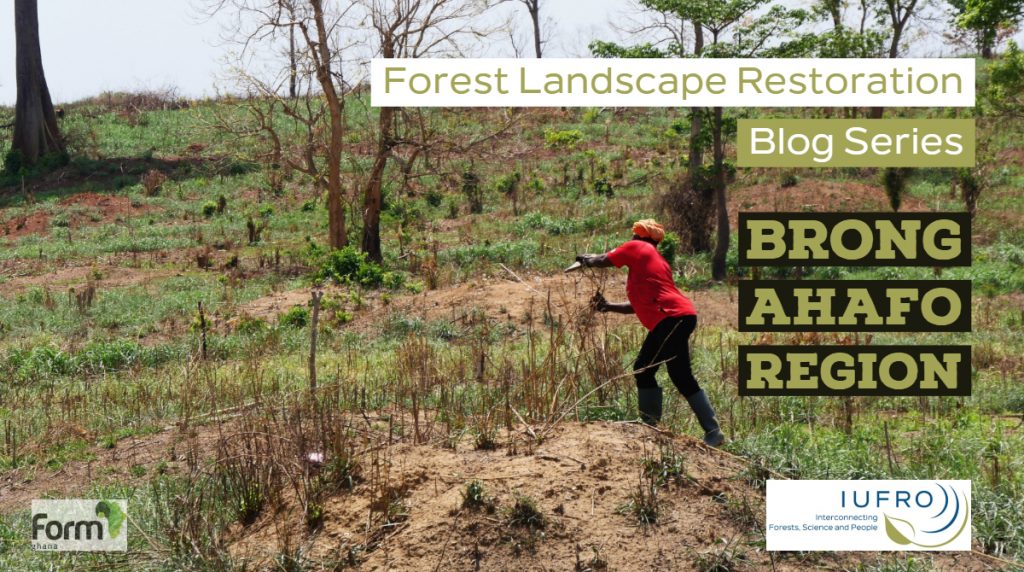Seeing the forest for the trees
Seeing the forest for the trees
Guest blog via Sri Lanka’s Ecosystem Conservation and Management Project ESCAMP; first published on Seeing the forest for the trees – ESCAMP
Forty Forest Department’s and other stakeholders participated in a training
organized and financed by International Union of Forest Research Organizations (IUFRO)
learning best restoration practices of forest landscapes

Ghana: communication with stakeholders helps to keep them engaged and active in forest restoration projects
Inside the forest. Wind blows. Leaves dance in synchronized movement. Joy with the result of protecting and restoring degraded forests.
“I was directly involved in the land preparation, planting, and maintenance of the trees together with crops,” said one of the female farmer participants of the forest landscape restoration (FLR) project in Ghana.

How to obtain desired results in forest restoration through technology and cooperation
Northern Mongolia, sub-taiga forest, Tujyin nars National park, is the second blog post of the FLR Snapshot Series. The second largest landlocked country in the world, land of Mongols, with breathtaking landscapes. Tujyin Nars Reforestation Initiative was created to restore pine forest that had been deforested and degraded due to improper forest harvesting and frequent fires. It has become one of the best examples of successful forest landscape restoration of deforested and degraded forests in northern Mongolia.

IUFRO Spotlight #67 – Tapping the potential of restoring disturbed tropical forests
IUFRO Spotlight #67 – Tapping the potential of restoring disturbed tropical forests
Since the 1980s most deforestation globally has occurred in tropical countries – Africa, South America and Asia. The high rate of deforestation and degradation contributes to the disappearance of 13 million hectares of tropical forests each year.

